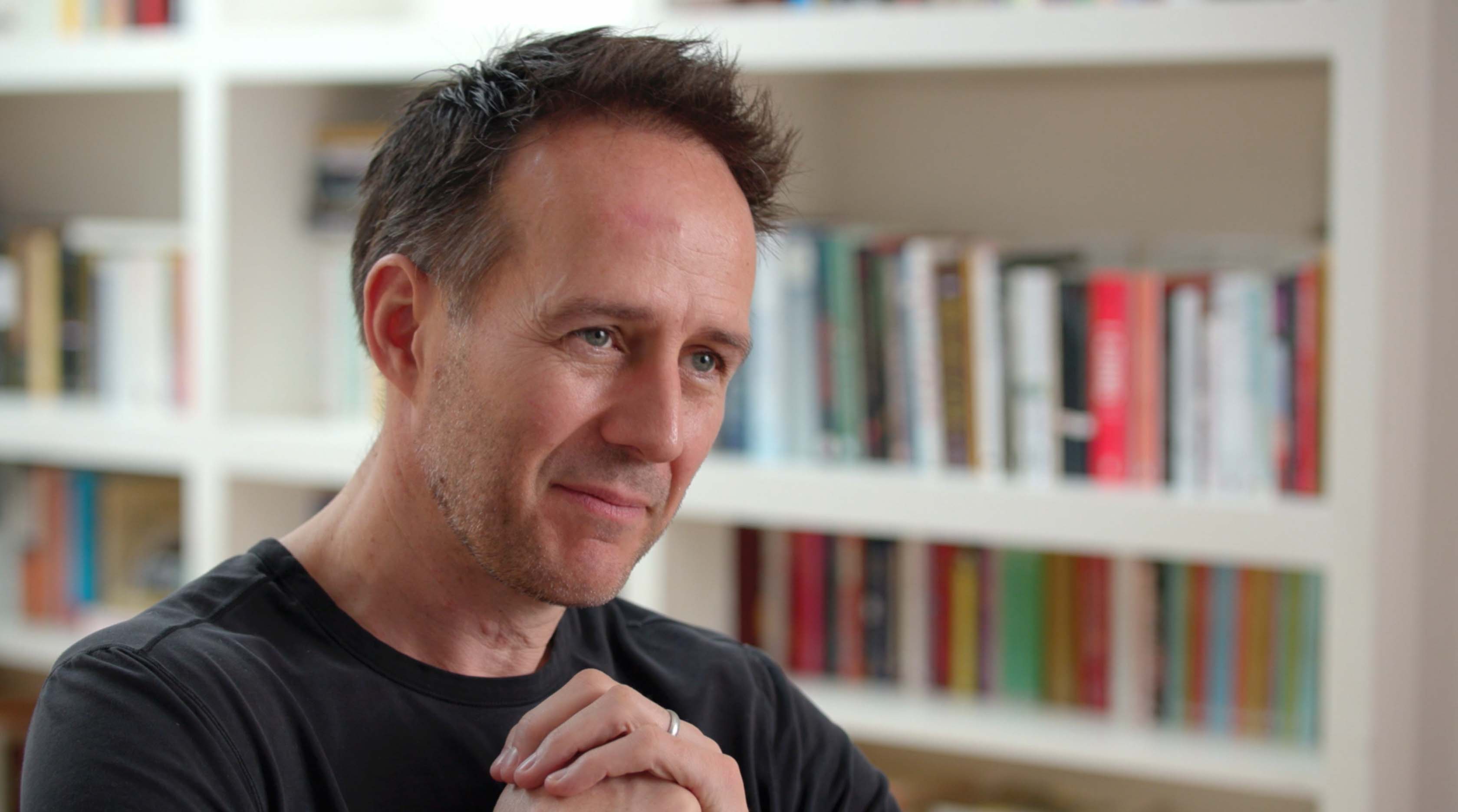
Prioritising your Time
Former COO of Google, Europe
inpractise.com/articles/management-prioritising
Why is this interview interesting?
- Organising emails and tasks to do
- Prioritising and updating priorities throughout the quarter
Ben Legg
Former COO of Google, Europe
Interview Transcript
Back to the fast-paced environment, how do you prioritise?
Good question. The first thing I’d say is, regularly. Priorities can’t stay for long. I talked earlier about quarterly goals. In most companies I’ve worked in, the quarterly goals have changed at least once or twice per quarter. Not all of them, but some of them. One of the things is regularly reviewing your priorities. In terms of how I prioritise, I think I’m a very good “prioritiser.” I’m not sure I have a mental model, but I’ll tell you how I do it. You’ve always got to know your to-do’s, and I have two ways. With my emails, anything with a star means there’s an action required, and I have Evernote, in which I’m constantly reading through, deleting obsolete stuff, putting stuff into archive if it’s done, categorising, etc. so the top three, four, five things that need to happen are at the top of my Evernote. That’s my two ways of doing things.
Anything urgent happens straight away, maybe not if I’m in a meeting, but in the gaps between meetings or that evening if I don’t have any gaps. Anything reasonably urgent happens by the end of the week. I have a bit of a routine where if I can, I block time on a Friday afternoon to clear my urgent to-do’s and inbox; it helps me enjoy the weekend. Very often, those time slots get taken with meetings. Then I take two hours on a Saturday morning to clear my inbox. Does mean my team often get emails over the weekend, but they know they don’t necessarily need to action them until Monday. It helps me get things out of the way.
The prioritisation question isn’t just about the tactical day-to-day or week-to-week. It’s also about deciding on the big priorities. That’s where things like quarterly processes are often the best way of doing things. Saying, “What do we, as an organisation, need to get done this quarter?” “What are the big three to five things that are my personal goals?” Each of your team; what are their personal goals? Even weighting them. Let’s say you have five quarterly goals. It’s not 20% of your bonus for each goal; it might be 50 or 40% for one of them and 10 for some of the others. That process of defining those three to five things and weighting them becomes your priorities for the quarter.
There may be even bigger, long-term priorities like getting to number one in terms of market share or change the world through cool technology, but you don’t need to obsess over that on a day-to-day basis, that’s more in your reflective times. The quarterly process is the big prioritisation, and the daily and weekly routines are the other prioritisations. The thing I come back to is “regularly.” Are my priorities still right? Has something changed? And if so, what does that means for my priorities?
Copyright Notice
This document may not be reproduced, distributed, or transmitted in any form or by any means including resale of any part, unauthorised distribution to a third party or other electronic methods, without the prior written permission of IP 1 Ltd.
IP 1 Ltd, trading as In Practise (herein referred to as "IP") is a company registered in England and Wales and is not a registered investment advisor or broker-dealer, and is not licensed nor qualified to provide investment advice.
In Practise reserves all copyright, intellectual and other property rights in the Content. The information published in this transcript (“Content”) is for information purposes only and should not be used as the sole basis for making any investment decision. Information provided by IP is to be used as an educational tool and nothing in this Content shall be construed as an offer, recommendation or solicitation regarding any financial product, service or management of investments or securities.
© 2025 IP 1 Ltd. All rights reserved.


